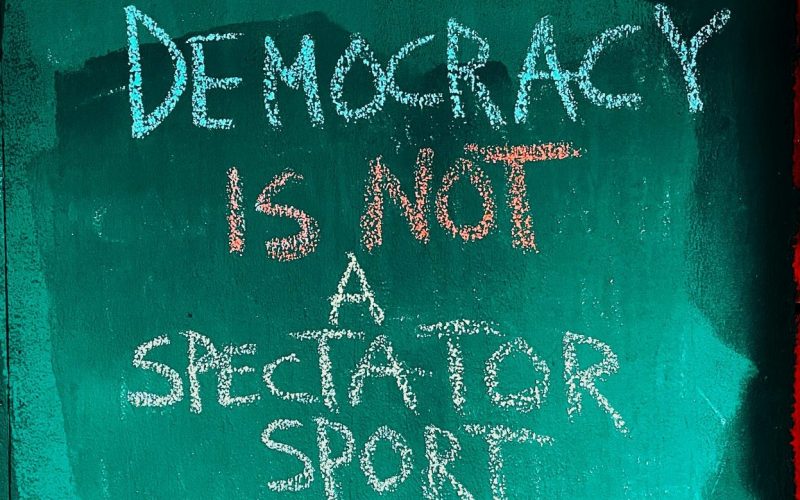However, there are still other protectionist measures applied by member states on intra-SACU imports, which are less transparent and hence impede intra-SACU trade.
For example, in the agricultural sector, Botswana, Lesotho, Namibia and Swaziland, have been allowed to impose import prohibitions for a range of products on the basis of national interest reasons such as public health, safety or national security. There is a lack of transparency as these bans are not officially notified to other SACU member states. Though these measures are targeted to protect larger agricultural producers rather than subsistence farmers, this precedent hinders SACU’s internal integration.
Furthermore, lack of common rules on unfair trade practices (such as dumping, illegal subsidies, etc.) and dysfunctional dispute settlement procedures renders member states to abuse the protectionist measures.
Trade facilitation and non-tariff barriers also pose significant integration challenges. This constitutes both physical and beyond the border administrative challenges as a result of the requirements of the revenue-sharing mechanism and asymmetrical tax regimes.
Physically, South Africa and Namibia are the point of entry and exit for imports and exports of other landlocked SACU countries. Over the past decades, South Africa’s ports, road and rail infrastructure and capacity have been shown to be inadequate and in need of new investment. This poses significant transport and logistics costs for the landlocked countries. And the customs union is nowhere near harmonising regional transport. Therefore, individual countries still have inward looking policies, infrastructure development strategies and the challenges of inefficient transport infrastructure still persist. On a lighter note regional transport development corridors under the auspices of the Southern African Development Community are welcome developments.
Administratively the differing tax regimes and rates in the five countries present an additional administrative barrier to intra-SACU trade and integration. Although Botswana, Lesotho and South Africa use value added tax regime, these countries apply varying tax rates. Whereas Swaziland on the other hand uses a sales tax regime. This situation encourages tax avoidance, illegal smuggling and thus distort trade flows. It also places higher transaction costs for traders as they must apply for a tax refund when exporting to another SACU country, and then pay the relevant VAT or sales tax to authorities in the importing country.
Data requirements of the revenue-sharing mechanisms pose further administrative challenges. As member countries are required to submit their data concerning their individual share of intra-SACU trade – in order to calculate the share each country takes from the common revenue pool – this has encouraged countries to report higher import figures than the officially recorded figures. Considering that countries such as Lesotho and Swaziland overly rely on this revenue to support their annual public budgets who wouldn’t over-report? After all this guarantees them to receive a larger share of the revenue. This can also be interpreted to say that some SACU member countries’ only interest in the customs union is revenue generation rather than economic integration.
On the other side, it can be argued that the least developed SACU member states need the revenue for public spending on trade-enabling infrastructure and to support their industrialisation drive in order to diversify their export basket and be globally competitive.
Lastly, SACU has grand plans to harmonise, for example, competition, industrial, and agricultural policies among others. However, progress on these has been very slow as some member states do not have domestic frameworks on some of these areas. All these have an influence on SACU’s integration.
SACU should really take its integration project seriously if it is to achieve its economic development objectives. This process should start by earnestly addressing these aforementioned challenges.








